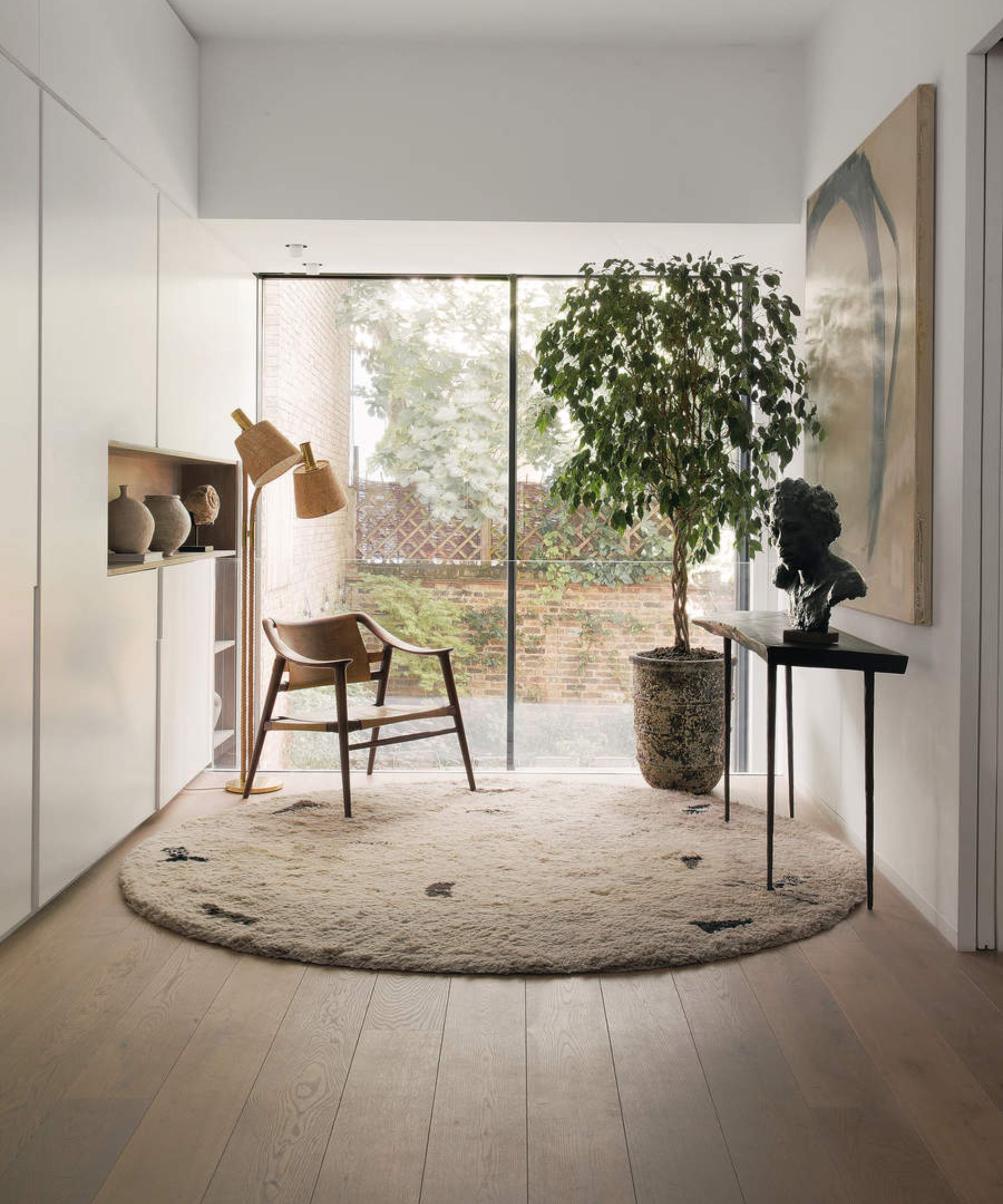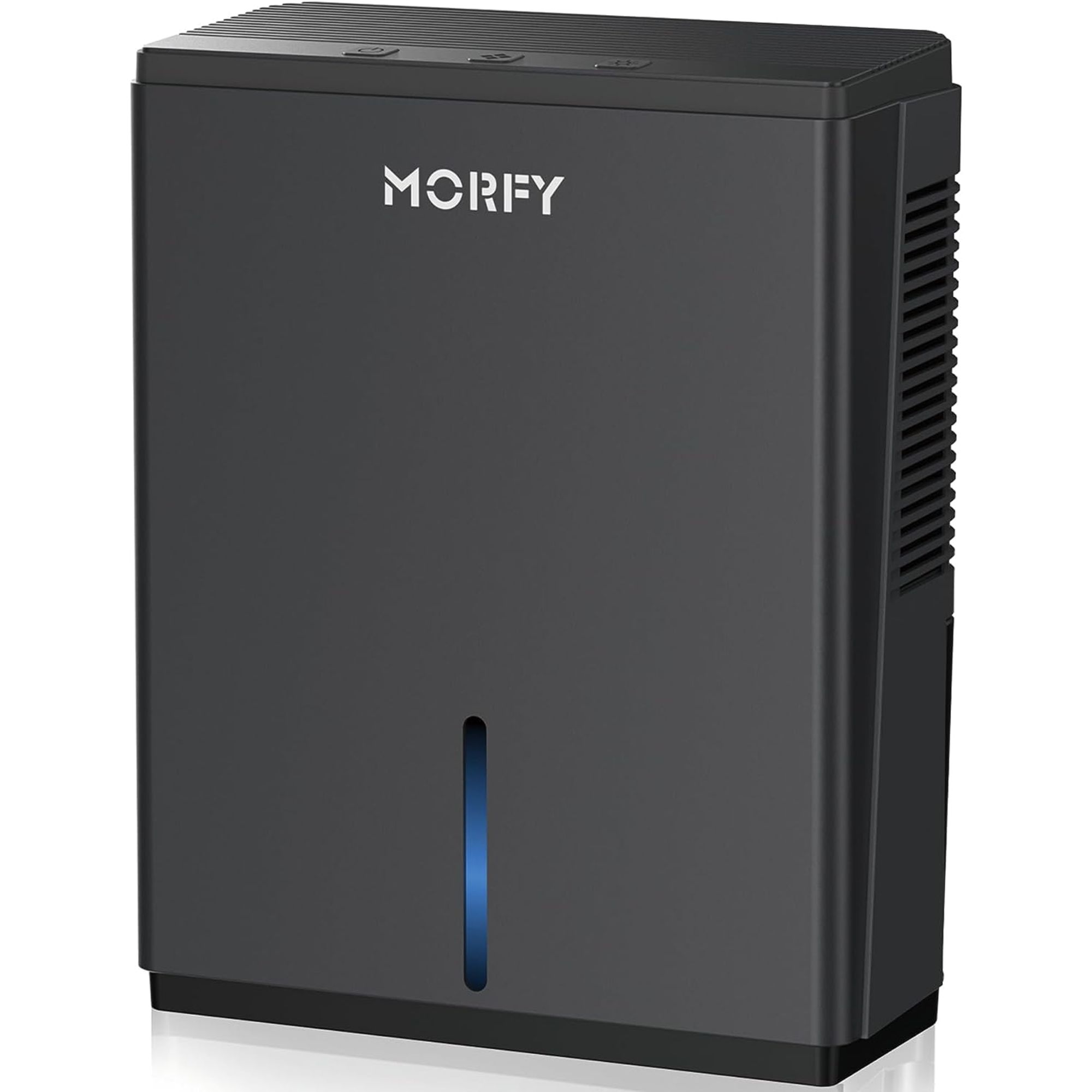The best place to put a dehumidifier – for optimal effectiveness
Believe it or not, there is a right and wrong when it comes to finding a place for your dehumidifier – our experts have explained how to find the best location for your dehumidifier


Humidity can be a significant issue in the home, leading to mold and mildew growth, and musty smells. Investing in a dehumidifier is one of the best ways to get rid of extra moisture.
But where should you put a dehumidifier for the best results? It's not only a case of positioning it where there are moisture issues – it also depends on your home's layout, and ensuring optimal functioning of your machine.
Placing a dehumidifier in the wrong location can significantly impact its efficiency. Our experts have outlined how to determine the optimal location to reduce humidity in your home and create a healthier indoor environment.
Best place to put a dehumidifier
These general guidelines can help you decide where to place a dehumidifier for optimal effectiveness. If you're looking to invest in a new model, you can check out our guide for the best dehumidifiers.
1. Near moisture sources and areas with high humidity

'The ideal location for a dehumidifier is where humidity is the highest, as it's most effective when it can directly address the source of moisture,' says Josh Mitchell, a HVAC technician and owner of Air Conditioner Lab. This will affect how long it will take a dehumidifier to dry out a room. 'These areas tend to have less ventilation and can benefit significantly from a dehumidifier's moisture removal.'
'Place your dehumidifier in areas with excess moisture because of activities, such as cooking and showering. You can also place your dehumidifier near water appliances, such as washing machines, water heaters or sump pumps, which contribute to increased humidity levels.'
'By positioning the dehumidifier in close proximity to the moisture source, it can promptly target and effectively extract excess moisture before it has a chance to spread and cause further problems,' explains Dave Roebel of Northeast Mechanical Services. 'This targeted approach not only improves the unit's efficiency but also plays a pivotal role in preventing moisture-related issues.'
Design expertise in your inbox – from inspiring decorating ideas and beautiful celebrity homes to practical gardening advice and shopping round-ups.

Josh Mitchell is an HVAC technician and the owner of airconditionerlab.com.
2. A central location

Position the dehumidifier in a central area of a room or your home.
'Placing the unit centrally will allow a more even distribution of dry air throughout the space, which is especially important in larger rooms or open-concept living areas,' explains Fantastic Services' HVAC and appliance technician, David Miloshev.
'This will mean the dehumidifier can efficiently circulate dry air to all corners, preventing pockets of excessive humidity,' adds Dave Roebel.
3. Somewhere with adequate airflow

'It's essential to maintain some distance from walls and obstructions to ensure unimpeded airflow,' advises Dave Roebel, and it's one of the things you should know before buying a dehumidifier if your space is small.
'Adequate clearance around the dehumidifier allows it to draw in moist air and discharge dry air uniformly, resulting in a balanced humidity level throughout the entire area, and prevents it overheating.' We recommend positioning the unit at least 12 inches away any from other objects or walls to allow air to circulate freely.
'Also, avoid placing the unit in tight corners. If it’s possible, make sure it is in an elevated position slightly off the ground,' recommends David Miloshev. 'Placing the unit on an elevated surface can help it draw in humid air more effectively, especially in spaces where humidity tends to settle near the floor.' This will also promote better air distribution and prevent interference and restricted air flow from carpeting or rugs.
4. Extra tips

- Avoid close proximity to dust sources: Keep your dehumidifier away from dust-generating sources to prevent the filter from clogging quickly, requiring you to change the dehumidifier filter.
- Keep it near a drain: If you have a dehumidifier with a continuous drainage feature, position it close to a drain to avoid the need for emptying the water collection reservoir.
- Avoid drafty areas: Avoid dehumidifier mistakes by not placing the dehumidifier near window panes or any drafty areas to prevent cold air from affecting its performance.
- Easy accessibility: If your dehumidifier is difficult to manoeuvre, position it where you can easily access it for maintenance tasks such as cleaning the filter or emptying the water tank.
Prime locations

Dave Roebel explains the prime spots for a dehumidifier:
'Bathrooms tend to have high humidity levels due to showers and baths. Placing a dehumidifier in the bathroom can help reduce excess moisture and prevent mold and mildew growth.
'Basements are often prone to high humidity levels due to their underground location and lack of proper ventilation. Placing a dehumidifier in the basement can help control moisture and prevent musty odors and mold growth.' This is something Ottilie Blackhall, news writer for Solved here at Homes & Gardens recently discovered, after curbing her basement bedroom humidity levels and mold with an affordable dehumidifier from Amazon.
'Kitchens can generate moisture from cooking, boiling water, and dishwashing. Placing a dehumidifier in the kitchen can help remove excess humidity and prevent condensation on surfaces,' continues Dave.
'Crawl spaces are susceptible to moisture build-up, which can lead to mold and structural damage. Placing a dehumidifier in the crawl space can help control humidity levels and protect the integrity of the space.
'Bedrooms can sometimes experience higher humidity levels, especially if they are located in areas with humid climates. Placing a dehumidifier in the bedroom can help create a more comfortable sleeping environment and prevent moisture-related issues, such as condensation on windows overnight.'
FAQs
What is the ideal humidity to achieve with a dehumidifier?
'Aiming for a relative humidity level between 30-50% will create a comfortable environment and help keep mold, mildew, and dust mites at bay,' says HVAC technician, Josh Mitchell. 'For best results, consider a unit with a hygrometer to monitor humidity levels and adjust its operation accordingly.'
In addition to placement, regular maintenance of your dehumidifier is important. Clean and change the dehumidifier filter regularly, ensure the reservoir is emptied and cleaned regularly, and check for any frost build-up if the unit is used in colder areas.
Next, see the incredible difference a dehumidifier made for our writer's terrible window condensation.

Lola Houlton is a news writer for Homes & Gardens. She has been writing content for Future PLC for the past six years, in particular Homes & Gardens, Real Homes and GardeningEtc. She writes on a broad range of subjects, including practical household advice, recipe articles, and product reviews, working closely with experts in their fields to cover everything from heating to home organization through to house plants. Lola is a graduate, who completed her degree in Psychology at the University of Sussex. She has also spent some time working at the BBC.


